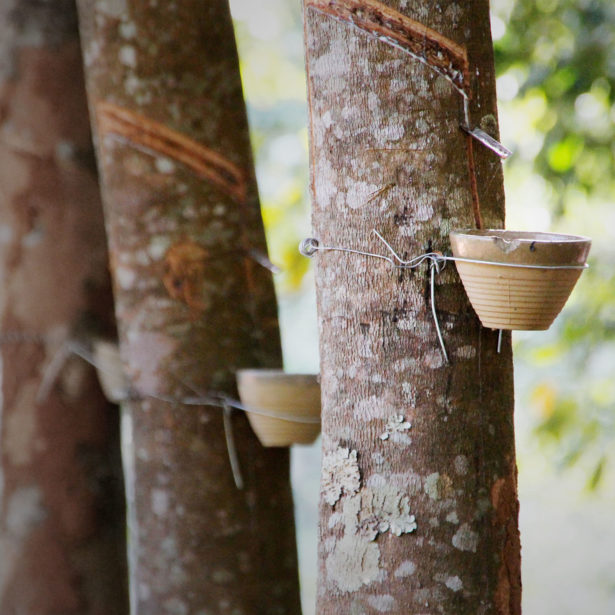
Posted on December 7th, 2018 by Carrier Vibrating
The Importance of Natural Rubber in Our World
It’s hard to imagine a world without rubber, which underpins much of modern life. Despite advancements in synthetic rubber production, over 40% of the rubber used annually remains of natural origin. How is natural rubber processed to make it so versatile?
Harvesting and Processing of Natural Rubber
The process begins with tapping rubber trees to collect the latex sap. Workers carefully cut the bark, allowing the sap to flow into collection cups. Care must be taken not to harm the tree.
The collected latex sap is processed, straining out impurities before coagulating into a sticky mass. This mass is rolled into sheets to remove excess water and dried in the open air, transforming it into a more manageable form.
Upon reaching the processing site, the dried rubber sheets are shredded and subjected to rubber drying equipment to adjust their moisture content. The dried rubber shreds are melted to create the final product.
Vulcanization: Strengthening Natural Rubber
Another common method involves vulcanization, which strengthens natural rubber by heating it with sulfur. This process, discovered by Charles Goodyear, prevents the rubber from becoming too hard in cold weather and too soft in the heat. Vulcanized natural rubber is widely used in products like car tires, with about half of all-natural rubber going towards tire production.
For Reliable Rubber Processing Equipment
If your rubber processing and drying equipment encounter issues, contact a Carrier Vibrating Equipment representative for assistance. With years of experience in crafting custom equipment for the rubber processing industry, we understand the unique challenges you face.







